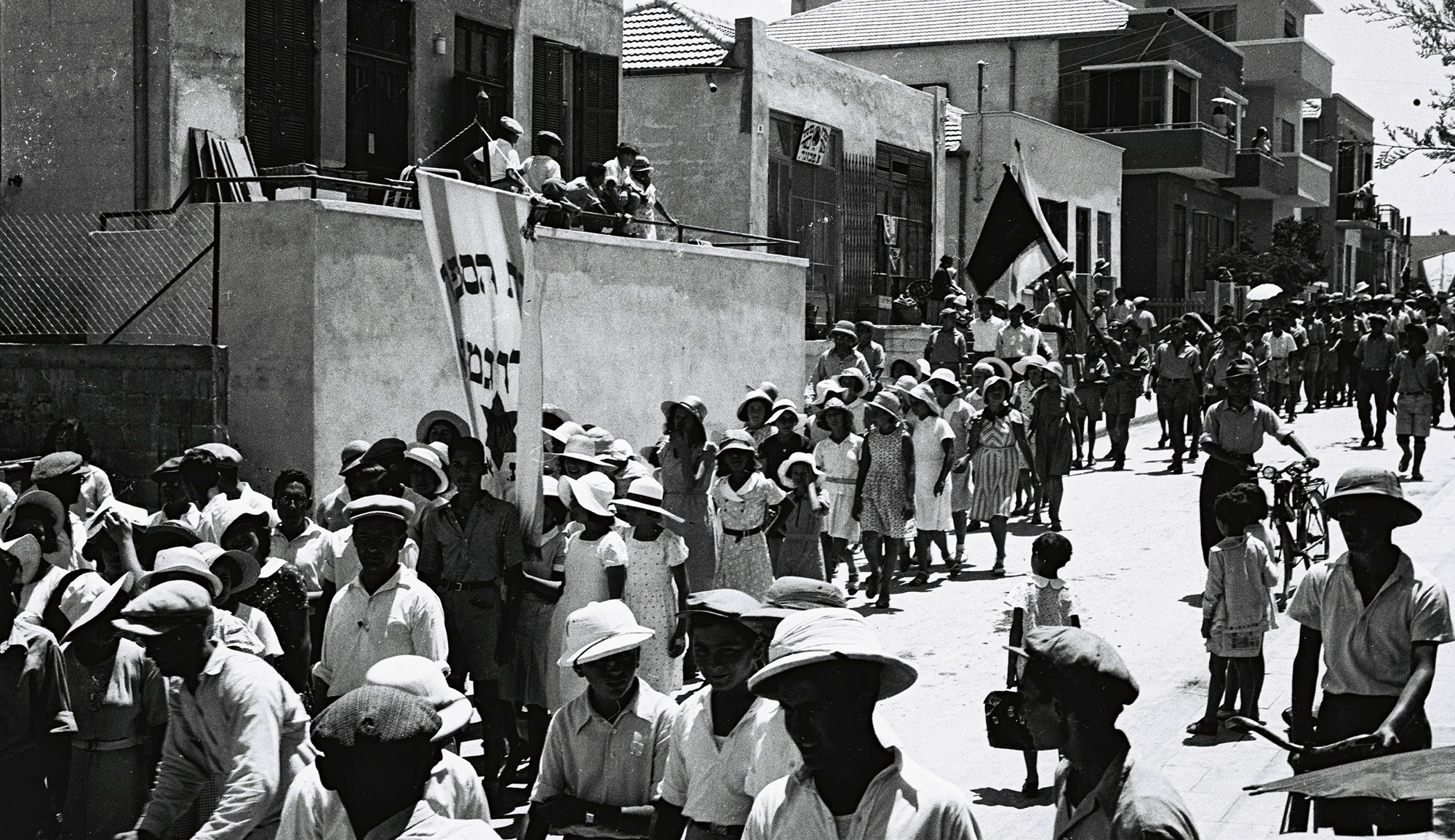As with her previous works of scholarship, Elisheva Baumgarten’s Biblical Women and Jewish Daily Life in the Middle Ages seeks to paint a picture of what she terms “quotidian piety”—the sorts of religious acts and sensibilities that were not the focus of the rabbis and poets who created most of the written record of this era, but informed much of everyday Jewish life. Eve Krakowski writes in her review:
The Bible’s characters were everywhere in Ashkenaz, [i.e., Germany and northern France]. Jews remembered them whenever they prayed, when they attended births and weddings, when they opened the illuminated haggadot they read at Passover; their names were in the amulets they used to ward off harm.
They also identified the Bible’s men and women with themselves. . . . Hebrew tombstones from Germany likewise connect the more ordinary medieval Jews who lie beneath them to biblical figures: “May she be joined to the mothers (imahot) in the garden of Eden”; “Like Deborah the wife of Lapidah [sic], her names were known at the gates.” The Bible’s stories are so ubiquitous in this material that Jews in Ashkenaz must have recalled them in other contexts too: in oral tales, teachings, and patterns of speech that left no textual traces.
Most Jewish women in Ashkenaz could not parse the Hebrew Bible’s text, let alone the Talmud’s. But they did know who Eve and the matriarchs were. Men cherished Eve and the matriarchs, too, and often in the same ways. Commonplace piety transcended both gender and the popular-elite dichotomy. It was not a separate form of Judaism but something more diffuse: the basic assumptions about God, the cosmos, and their own behavior that most Jews in a given region shared, no matter how much else they knew.
The Hebrew Bible mattered to all medieval Jews, no matter where they lived. But it’s no coincidence that biblical characters acquired such power in Ashkenaz, among Jews whose Christian neighbors shared the same stories. . . . Jews in medieval Worms, Paris, Cologne, and other northern European cities lived among, and constantly interacted with, Christians.
Read more at Jewish Review of Books
More about: Ashkenazi Jewry, Judaism, Medieval Jewry, Women in Judaism


